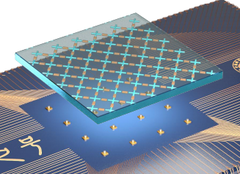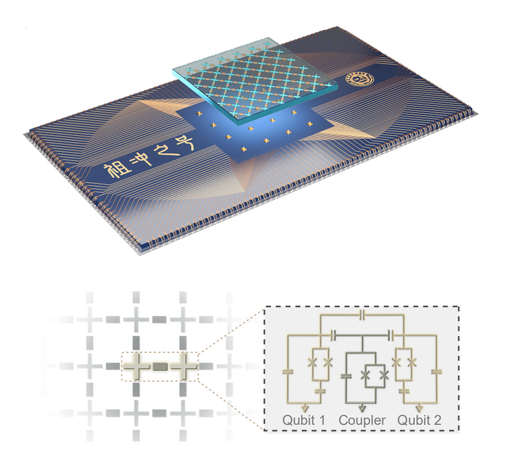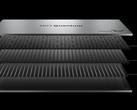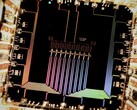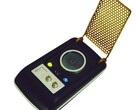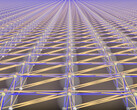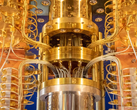Even though China already demonstrated the Jiuzhang computer with 56 qubit processing power that is a few orders of magnitude faster than Google’s 53-qubit Sycamore computer, the versatility side was still dominated by the U.S. scientists. Jiuzhang was developed in 2020 to be the fastest optical circuit supercomputer for a specific set of calculations, so it could not be programmed to perform varied tasks, whereas the Sycamore was overall more practical. Both models achieved the so-called “quantum supremacy”, proving much faster than regular supercomputers that would need years to calculate what quantum computers can solve in a few hours. Nevertheless, the Chinese researchers at the University of Science and Technology in Shanghai have been working to further improve the Jiuzhang and just recently announced that they successfully tested a more versatile version dubbed Zuchongzhi with 66 qubit processing power.
The improved Zuchongzhi computer integrates 11 rows and 6 columns of qubits that form a two-dimensional rectangular lattice pattern. However, scientists only utilized 56 qubits to perform various tasks, and this only took 1.2 hours for the new chip to calculate a random quantum circuit sampling that would otherwise take several hours for the Google Sycamore and up to 8 years for conventional supercomputers. The Chinese quantum computers can also perform a Gaussian boson sampling task in 200 seconds with a maximum of 76 detected photons. This same calculation would take around 2.5 billion years on China’s fastest conventional supercomputers known as Sunway TaihuLight.
We are still quite far away from replacing conventional chips with quantum ones. China managed to find a way to utilize optical circuits that perform calculations using photons instead of electrons pushed through superconducting materials like on the Google Sycamore, but even so, the chips remain highly experimental as they require cooling chambers that drop the temperatures close to -273.15ºC.




